 [Twenty years ago, just one year after Cornell Capa turned the directorship of the International Center of Photography over to Willis “Buzz” Hartshorn, I found myself meditating on how two exhibitions of photographs by two recently retired movers and shakers — Capa at the ICP and John Szarkowski, who in 1991 had left the chair of the Museum of Modern Art’s Department of Photography — correlated with and illuminated their influence on the medium through the powerful institutions they had headed for decades. The following appeared as an installment of my “Depth of Field” column in Camera & Darkroom Photography (March 1995, pp. 18-19).— A. D. C.]
[Twenty years ago, just one year after Cornell Capa turned the directorship of the International Center of Photography over to Willis “Buzz” Hartshorn, I found myself meditating on how two exhibitions of photographs by two recently retired movers and shakers — Capa at the ICP and John Szarkowski, who in 1991 had left the chair of the Museum of Modern Art’s Department of Photography — correlated with and illuminated their influence on the medium through the powerful institutions they had headed for decades. The following appeared as an installment of my “Depth of Field” column in Camera & Darkroom Photography (March 1995, pp. 18-19).— A. D. C.]
•
Forgotten Laurels: The Photographic Work
of John Szarkowski and Cornell Capa
In a typically glitzy and high-tech fall season in New York City, the most unobtrusively labor-intensive shows I came across were, probably not coincidentally, retrospectives from the two most influential orchestrators of photography-related matters in this city’s past several decades. Concurrent exhibits by John Szarkowski, who retired several years ago from the Department of Photography at the Museum of Modern Art after three decades of service there, and Cornell Capa, who founded the International Center of Photography twenty years ago and retired from its directorship this past spring, provided rare looks at the imagery of these two movers and shakers, whose early careers as photographers have been overshadowed by their subsequent projects as curators and institutional leaders.
As evidenced by Szarkowski’s show at Pace/MacGill and Capa’s at the ICP uptown, both men were dedicated, gifted, full-time working photographers — the former a medium-format documentarian and architectural photographer with several substantial books to his credit, the latter a widely published small-camera photojournalist and member of the picture agency Magnum — before their critical, curatorial and institutional relationships to the medium overwhelmed their creative activities, requiring that they set their picture-making aside. Though rare, and considered unnecessary among scholars and curators in the other visual media, that hands-on, professional-level grounding in the practice of the medium was more the rule than the exception among those who brought photography to the public during the first two-thirds of this century; think of gallerist-editor-publisher Alfred Stieglitz, curator Edward Steichen (Szarkowski’s immediate predecessor in the department at MoMA), the historian and collector Helmut Gernsheim, and the critic Margery Mann, to name just a few examples.
Nowadays, a division of labor is more common. Szarkowski’s replacement, Peter Galassi, trained as an art historian; Willis Hartshorn, who attended the Visual Studies Workshop in Rochester but never spent time as a working photographer, now occupies Capa’s chair. One can still find curators and institutional heads in photography, even youngish ones, who began their professional lives as photographers and even maintain the production of their own imagery; Arthur Ollmann, who directs the Museum of Photographic Arts in San Diego, is one example. But that’s no longer required, or even expected: witness Weston Naef at the Getty Museum, Anne Tucker at the Museum of Fine Arts in Houston, Maria Morris Hambourg at the Metropolitan Museum, Terence Pitts at the Center for Creative Photography in Tucson. Still, there’s no question that, at the time they took on their jobs, the practitioners’ credentials of both Szarkowski and Capa enhanced their credibility — if not among their colleagues in the museum world, then certainly within the photography community, and perhaps in the eyes of the general public as well.
The temptation to try to correlate the photographic work of each of these two men with his subsequent activities and commitments is irresistible, and yields some unexpected insights. Capa began as a staunch advocate of the form of liberal-humanist advocacy photojournalism he named “concerned photography” and — following in the footsteps of his older brother Robert — practiced himself with great skill and devotion for many years. (His major projects, represented by too-brief extracts in the ICP survey, included substantial books on a surviving Peruvian aboriginal tribe and poverty in Latin America, as well as coverage of the Six-Day War in Israel in 1967.) Yet the ICP, while it commenced its life with that rather restricted emphasis, eventually came to embrace the entire spectrum of contemporary photographic activity, including forms and tendencies with which I suspect Capa personally always remained far from comfortable.
Under Szarkowski’s guidance, the Department of Photography at the Modern trod a much narrower path, tracking the exponents of what that photographer-turned-curator/theorist conceived as a formalist premise for what he saw as authentically photographic work: a trail leading from anonymous 19th-century practitioners to Eugène Atget, and from there to Walker Evans, Garry Winogrand, Lee Friedlander, Diane Arbus and their offspring. As a result, many critics, myself included, came to see the department during his tenure as missing the boat on, and thereby misrepresenting to the museum’s public, the explosive redefinitions and questionings of the medium that commenced in the late 1960s — so that correctives such as the ICP’s more catholic overview became imperative.
During his time at the helm of MoMA’s Department of Photography (1947-62), Edward Steichen had in his acquisitions, exhibitions and publications policies manifested a broad, inclusive, eclectic overview of contemporary work in photography. Perhaps that was attributable to the fact that he himself had worked in so many of the medium’s modes. In any case, Szarkowski turned that attitude around almost 180 degrees; among its other delimitations, his line of inquiry devalued almost any form of photography dominated by its literal subject matter, including most traditional documentary and photojournalism. As Capa himself has indicated in interviews over the years, Szarkowski’s closing of the Modern’s doors to those forms in particular served as a goad, prodding him and his supporters toward the formation of what finally became the International Center of Photography.
In the small Pace/MacGill exhibit of 39 delicate, luminous gelatin-silver prints made between 1948 and 1962 — many of them from the two books by Szarkowski that brought him to Steichen’s attention, The Idea of Louis Sullivan and The Face of Minnesota — one could see a prophecy of how Szarkowski’s ideas and attitudes as a performer were to be transformed into his theoretical and curatorial tendencies. A meditative involvement in process, consistent formal rigor, particular interest in landscape and architecture, a carefully honed sense of place, a deep and even metaphysical relationship to tools and materials are hallmarks of these pictures. So is a considered, unobtrusive exploration of the interpretive possibilities of photographic printmaking, an aspect of the medium that has been notable by its absence from Szarkoswki’s theorizing since he first articulated his core ideas in his classic treatise, The Photographer’s Eye.
Over the course of his years at MoMA, Szarkowski managed to expand his regard beyond his own inclination toward the calm, the static, the deliberated, the rural, and the emotionally self-contained. Though it was a far cry from his his own photography, as a curator he came to cherish and champion the volatile, disturbed emotionality of Arbus, the manic and fragmented energy of Winogrand, the aleatory experiments of Friedlander, and the increasingly urban orientation of several generations of photographers. That involved no small stretching of self.
Yet, looking at his photographs and Capa’s, asking myself — based on that early evidence of personal tendency and taste — which of the two had surprised me most as advocates for photography by transcending the narrow-mindedness to which performers in any medium are prone in order to create an institutional environment with an atmosphere of tolerance and encouragement for all, the unequivocal answer that came was Cornell Capa. The same answer came to the question of whose institution had best served the medium of photography and its New York audience over the past two decades. Twenty years ago, I couldn’t have imagined that would prove to be the case, but there you have it.


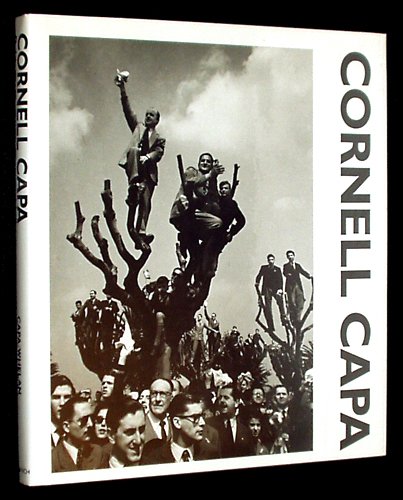
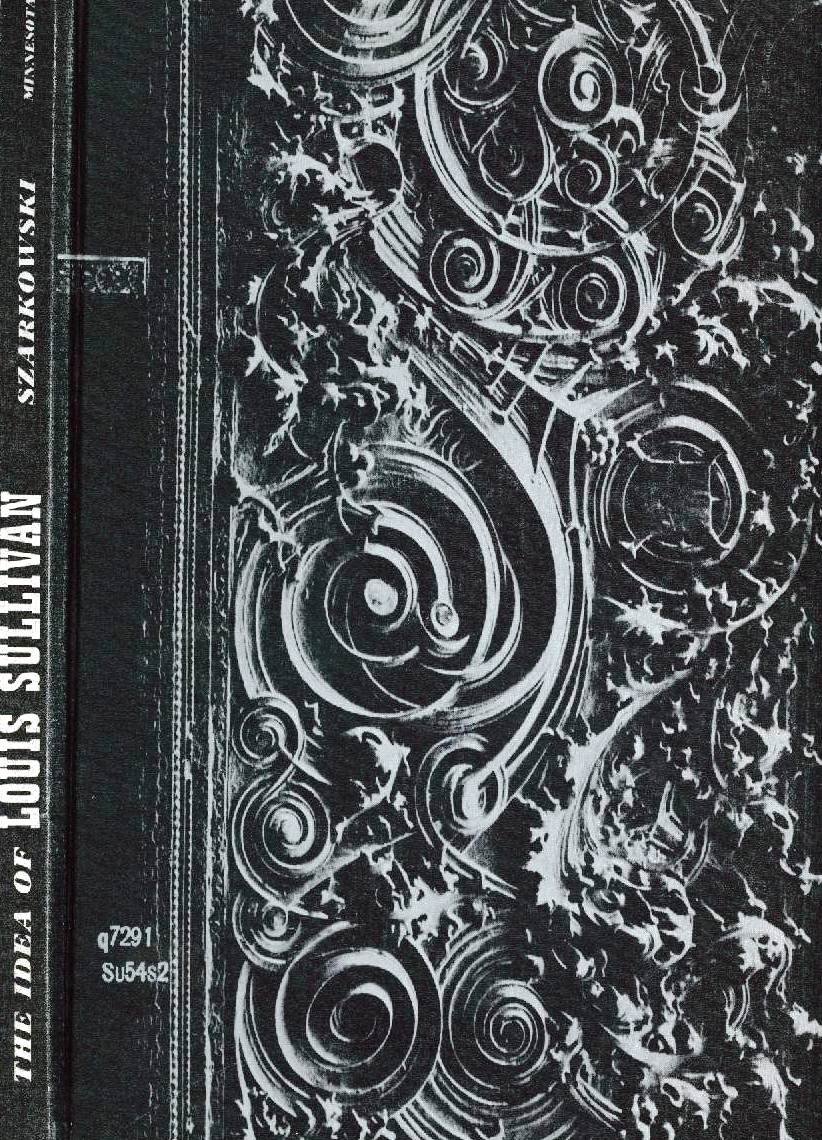
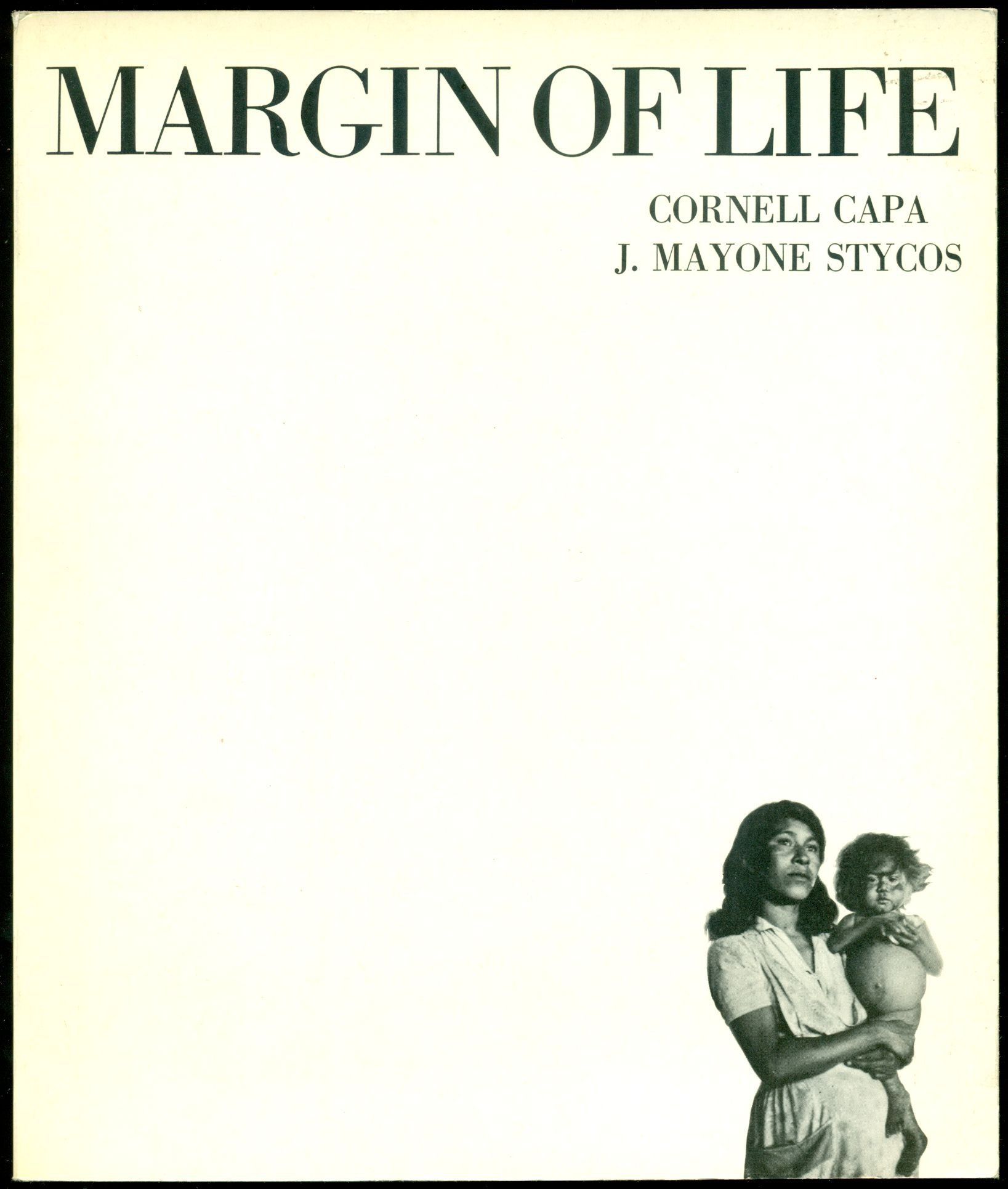
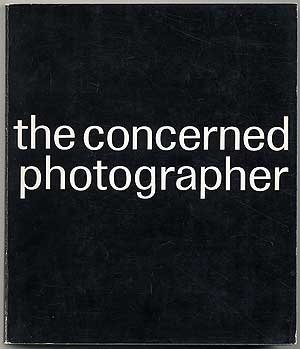

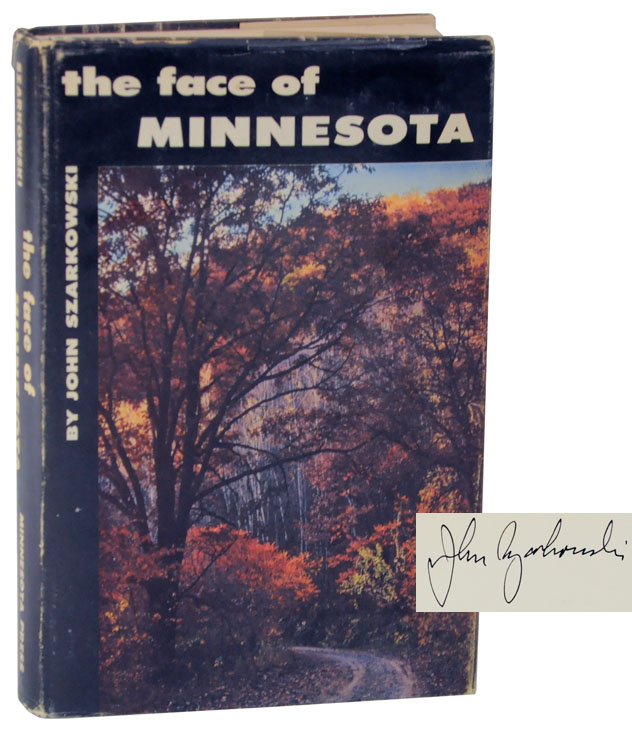
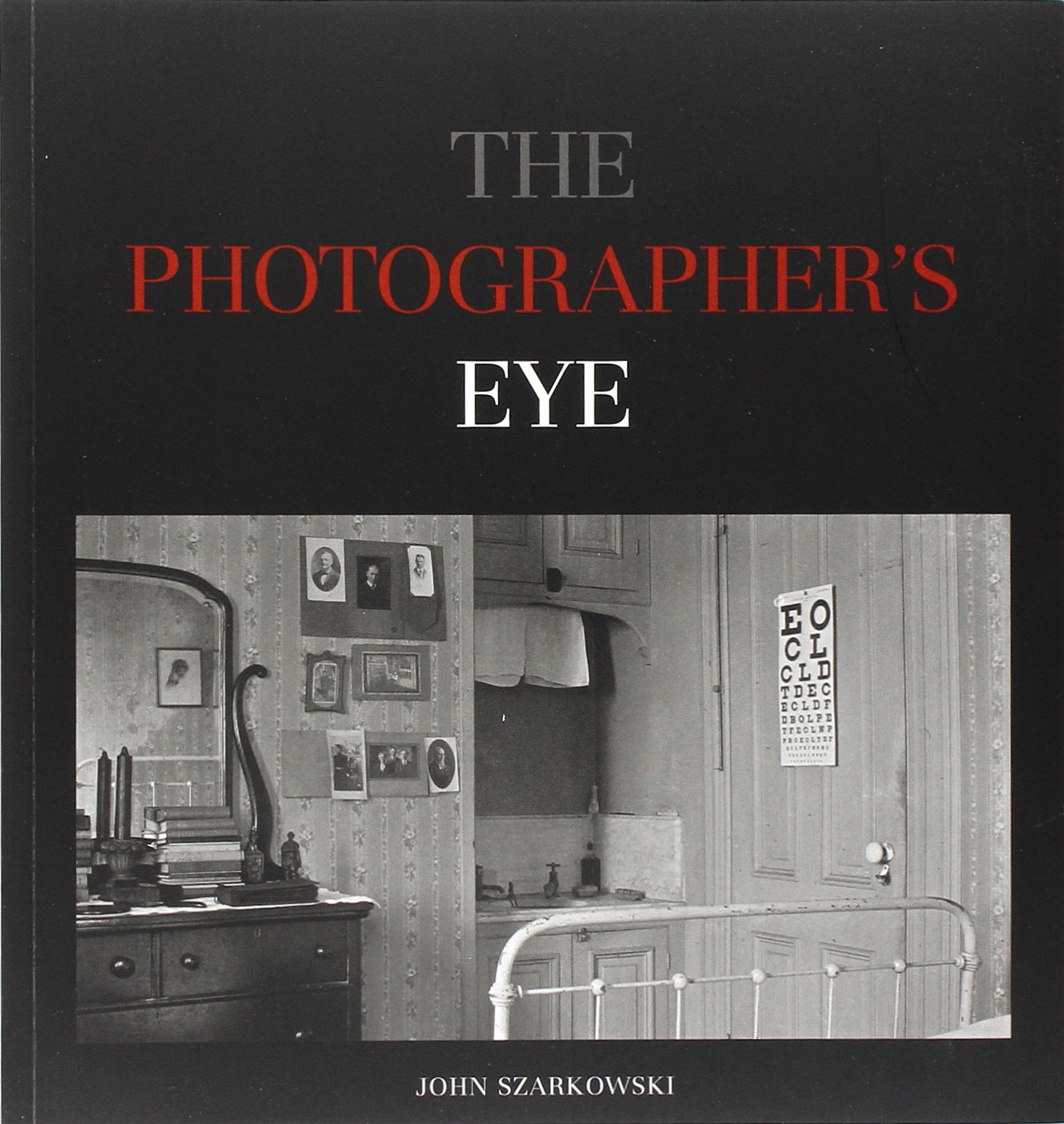
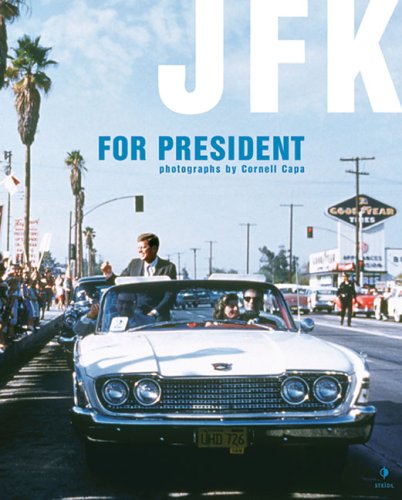




Leave a Comment